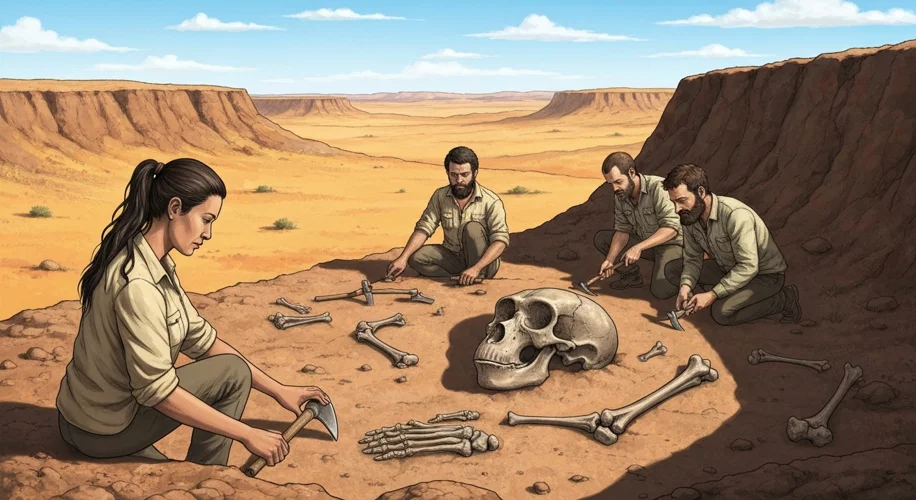It’s always exciting when we get to peek further back into our own story, and a recent discovery in Ethiopia is doing just that. Researchers have unearthed new fossil evidence from the Ledi-Geraru site, giving us a fresh look at the early days of human evolution. What’s fascinating is that these findings include fossils from both Australopithecus and Homo species.
Think of it like finding missing puzzle pieces. For years, we’ve been piecing together the timeline of our ancestors, trying to understand how we evolved from ape-like creatures to the humans we are today. Ethiopia has always been a treasure trove for this kind of research, often called the “cradle of humankind.” Sites like Hadar, where “Lucy” was found, have provided incredible insights.
The Ledi-Geraru site, located in the Afar region of Ethiopia, has now added to this rich history. The newly discovered fossils are significant because they potentially bridge a gap in our understanding. Specifically, they offer clues about the transition between early hominins like Australopithecus – the group Lucy belonged to – and the earliest members of our own genus, Homo. This period, roughly between 3 and 4 million years ago, is crucial for understanding how key human traits like larger brains and tool use began to emerge.
One of the key finds mentioned in the Nature report is evidence that helps us pinpoint when the Homo genus first appeared. By studying the age of the rock layers where these fossils were found, scientists can estimate when these early Homo individuals lived. This helps refine our timelines and understand the environmental conditions they might have faced.
These discoveries aren’t just about naming new species or adding dates to a chart. They help us understand the complex evolutionary pathways that led to us. Were these different species living side-by-side? Did they interact? What drove the changes that eventually led to Homo sapiens? These new fossils provide tangible data points to help answer these big questions.
It’s a reminder that the story of human evolution is still being written, and discoveries like these in Ethiopia are vital chapters. They highlight the importance of continued research and exploration in understanding our deep past and where we came from.

